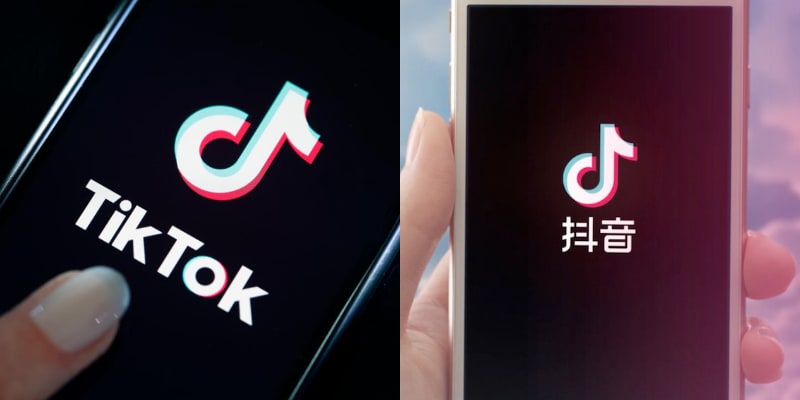In China’s fast-evolving digital landscape, keeping up with platform algorithm changes is critical for brands to maintain visibility, engagement, and conversions.
This year, Douyin, Xiaohongshu (RED/RedNote), and WeChat Channels have rolled out significant updates to their content recommendation mechanisms — each influencing how posts are discovered, ranked, and amplified.
Whether you’re in lifestyle, tech, F&B, or B2B, understanding these shifts can help you optimize content for maximum reach and ROI.
Douyin: Prioritizing Long-Term Value Over Quick Wins
Historically, Douyin rewarded short, catchy videos with high completion rates. In 2025, the platform’s focus has shifted toward mid- to long-form videos that serve deep, long-tail, and diverse user needs.
Key Changes in Douyin’s Algorithm:
-
Behavior Probability Scoring: The algorithm predicts the likelihood of user actions (likes, comments, shares, follows, saves) based on past behavior.
-
Content Value Weighting: Videos with depth, evergreen relevance, and broader topical connections are ranked higher.
-
Lower Weight on Completion Rate: Unlike before, a slightly lower finish rate won’t penalize longer videos if they deliver value.
Brand Takeaways:
-
Create evergreen, reference-worthy videos such as tutorials, guides, or expert explainers.
-
Use intro slides or text cues to highlight content value early and prompt saves.
-
Expand beyond narrow niches to satisfy latent user interests.
Xiaohongshu: Matching Precision + High Interaction = Growth
Xiaohongshu’s recommendation engine still relies heavily on content-label matching, but recent updates place greater weight on content quality, originality, and interaction metrics.
Key Changes in Xiaohongshu’s Algorithm:
-
Higher Standards for Originality: Notes with over 600 words, originality declarations, and minimal duplication receive extra traffic boosts.
-
Faster Tag Matching: Enhanced indexing speeds mean content is matched to audiences more quickly — making accuracy in topics and tags essential.
-
CES Scoring Priorities Updated: Comments, shares, and follows now carry more weight than likes and saves.
Brand Takeaways:
-
Align title, topic, and content precisely to improve tag relevance.
-
Use specific, niche keywords instead of broad terms to dominate smaller search pools.
-
Drive meaningful comments through questions, discussion hooks, and community engagement.
WeChat Channels: Social Connections Drive Visibility
WeChat Channels’ traffic sources are more socially driven compared to Douyin or Xiaohongshu. In 2025, the platform has increased the weight of “likes” (♡) — especially those coming from friends.
Key Changes in WeChat Channels’ Algorithm:
-
Private Domain to Public Domain Flow: Content that gains initial traction in private networks (Groups, Official Account followers, Moments) can quickly spread to public recommendations.
-
Friends’ Like Tab Boost: The “Friends ♡” tab on the homepage prominently showcases videos liked by multiple friends, increasing organic reach.
-
Integrated Recommendation Paths: Social engagement triggers inclusion in both friend-based and interest-based feeds.
Brand Takeaways:
-
Leverage private domain audiences for a strong cold start — but share selectively to relevant groups for precision targeting.
-
Incorporate socially shareable elements such as emotional storytelling, practical value, or identity-driven messages.
-
Add summary slides, checklists, or infographics to boost screenshots, shares, and likes.
How to Apply These Updates to Your 2025 Campaigns
To win in China’s competitive digital space this year:
-
Douyin → Focus on depth, evergreen value, and multi-topic expansion.
-
Xiaohongshu → Double down on originality, precision tagging, and comment-driven interaction.
-
WeChat Channels → Build social momentum via private domain activation and shareable assets.
Need help optimizing for these algorithms?
Our team specializes in China social media strategy, content localization, and cross-platform growth campaigns.
📩 Contact us to turn these algorithm shifts into your competitive advantage.













